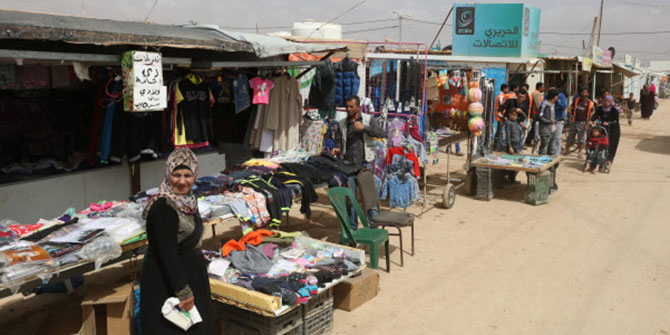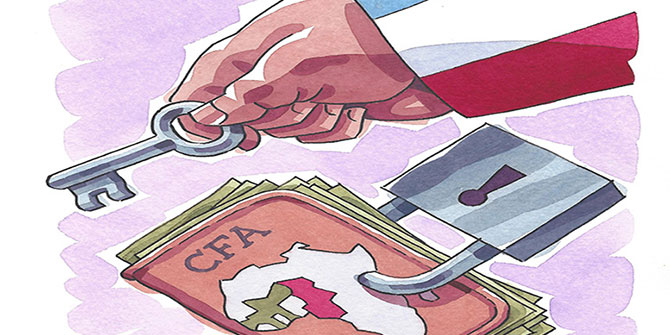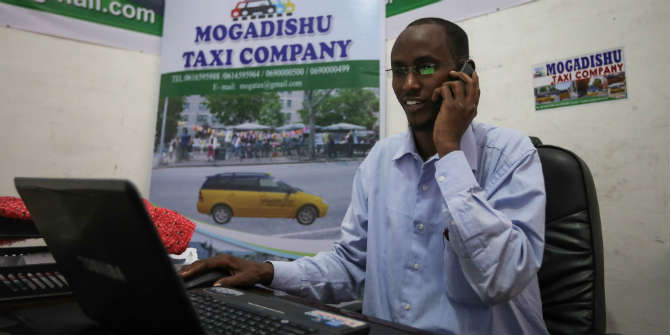In a special issue of the journal, Africa, Professor Deborah James, head of LSE’s Department of Anthropology, explores how the aspiration of wealth has dragged some South African citizens into debt in her article, Money-Go-Round: Personal Economies of Wealth, Aspiration and Indebtedness.
Citizen debt became a huge problem in South Africa by the early 2000s, when it was a regular topic of concern in the business pages in the major newspapers and on radio phone-in programs.
The first democratic elections in South Africa in 1994 were seen as a herald of freedom. Yet one of its by-products has been the acquisition of huge debts, a “very definite unfreedom”, growing from R350 million in 2002 to R680 billion in 2006 and R1.1 trillion in 2008.
In 2007, the National Credit Act was passed with the goal of controlling the supply of credit by curbing “reckless lending”.
In Money-Go-Round: Personal Economies of Wealth, Aspiration and Indebtedness, Professor James explores how borrowing and indebtedness are seen from the point of view of the consumers and of those who aim to protect them.
One of the issues she highlights in this article is that the dividing line between borrowers and lenders is often very blurred in informal lending.
At the top of the informal moneylending tree are the big loansharks (also known as mashonisas) who “typically lend amounts of R1,000 (£100) or more and charge monthly interest of 50 per cent”.
They lend only to people with regular salaries, mostly working in the civil service, securing the loan by confiscating borrowers’ ATM cards and using these to withdraw the money owed to them at the end of the month before returning them to their owners. These mashonisas tend to have other income streams alongside moneylending.
Despite the exorbitant rates of interest, one borrower, client of a big loanshark, gradually progressed to becoming a loanshark in turn: in effect his period as borrower was an apprenticeship in lending.
At the other end of the scale are small-time loansharks, who lend smaller amounts of cash, around R300 (£30) and charge about 15 percent interest. These are “less stringent in the calculation of interest over time and have no formal system of collateral such as retaining customers’ ATM cards”. These are not competitors of the mashonisas since they appeal to a different market.
James tells the story of one such lender, Samuel, who started out as gambler before later owning his own gambling business. He loaned people small amounts with which to gamble or when they needed help paying back the mashonisa. His clients are normally self employed or pensioners with hourly paid jobs. In 2007, Samuel started receiving a state disability grant, which he uses to fund a business selling barbecued chicken feet by the roadside. His gambling both depends on and helps fund his other income streams.
“My gains, I just put in my pocket, and the original money that I lent them, I lend again,” he says.
There are also credit-granting savings clubs, locally referred to as stokvel or sesebesebe. These groups collect a sum of money from their members on payday each month. Instead of simply distributing the lump sum to one individual on a rotating basis, each person took it in turn to “borrow the pooled money at 30 percent interest, in turn lending it to friends or neighbours”. Unlike the mashonisas, they do not hold on to borrowers’ ATM cards, but rather operate on trust. These clubs are becoming particularly common among female teachers and nurses.
Professor James concludes that “except at the extreme ends of the continuum, borrowers and lenders cannot be separated easily, some start as one and later become another; some are both, but at different times and in different registers”.
Even though informal lending is viewed as occurring mostly in rural communities, it is becoming increasingly common among the upwardly mobile and civil servants in particular. Despite the National Credit Act being instituted in 2007, it has been “largely powerless in the face of informal moneylending and associated informal credit arrangements”.
Money-Go-Round: Personal Economies of Wealth, Aspiration and Indebtedness is published in the special issue of Africa, published by Cambridge University Press.





